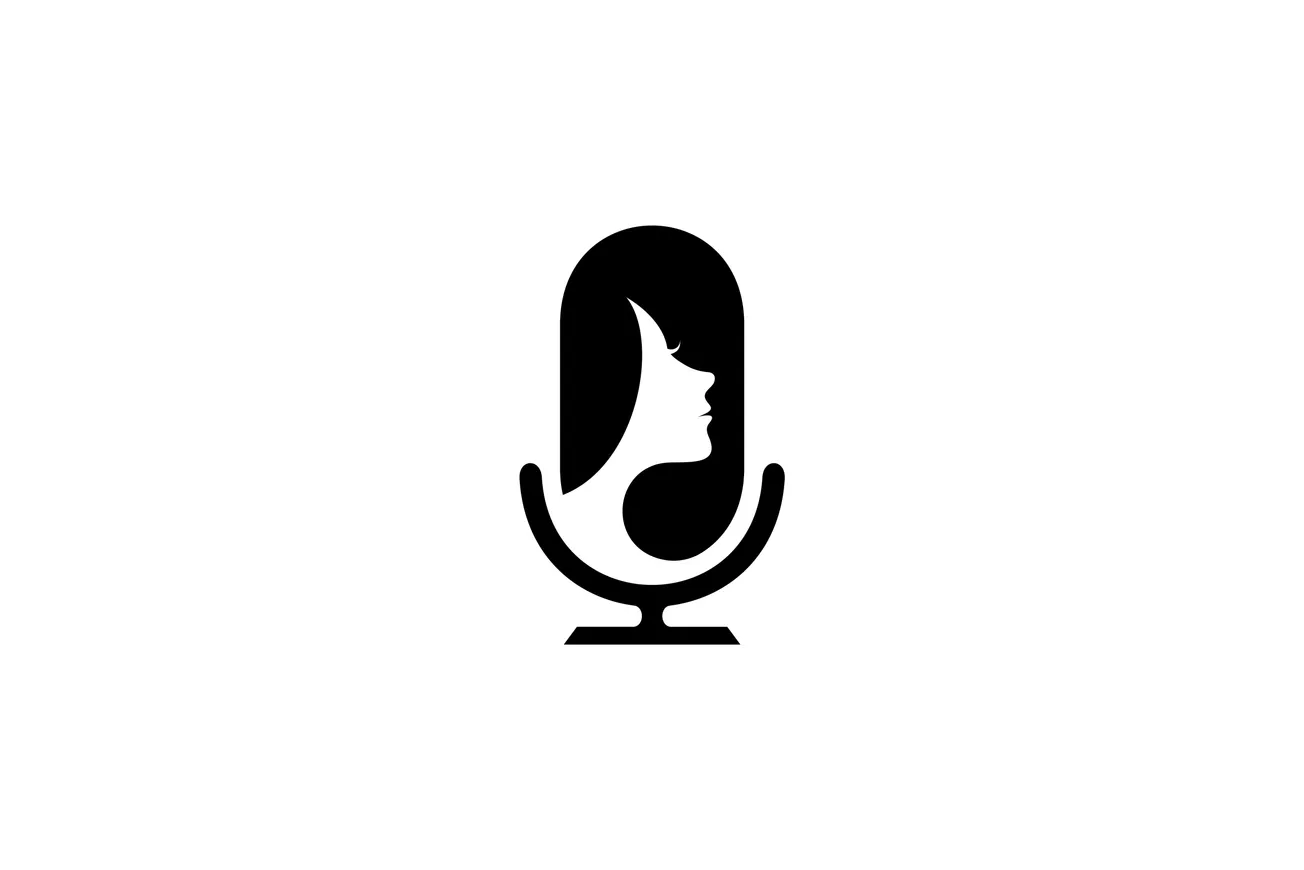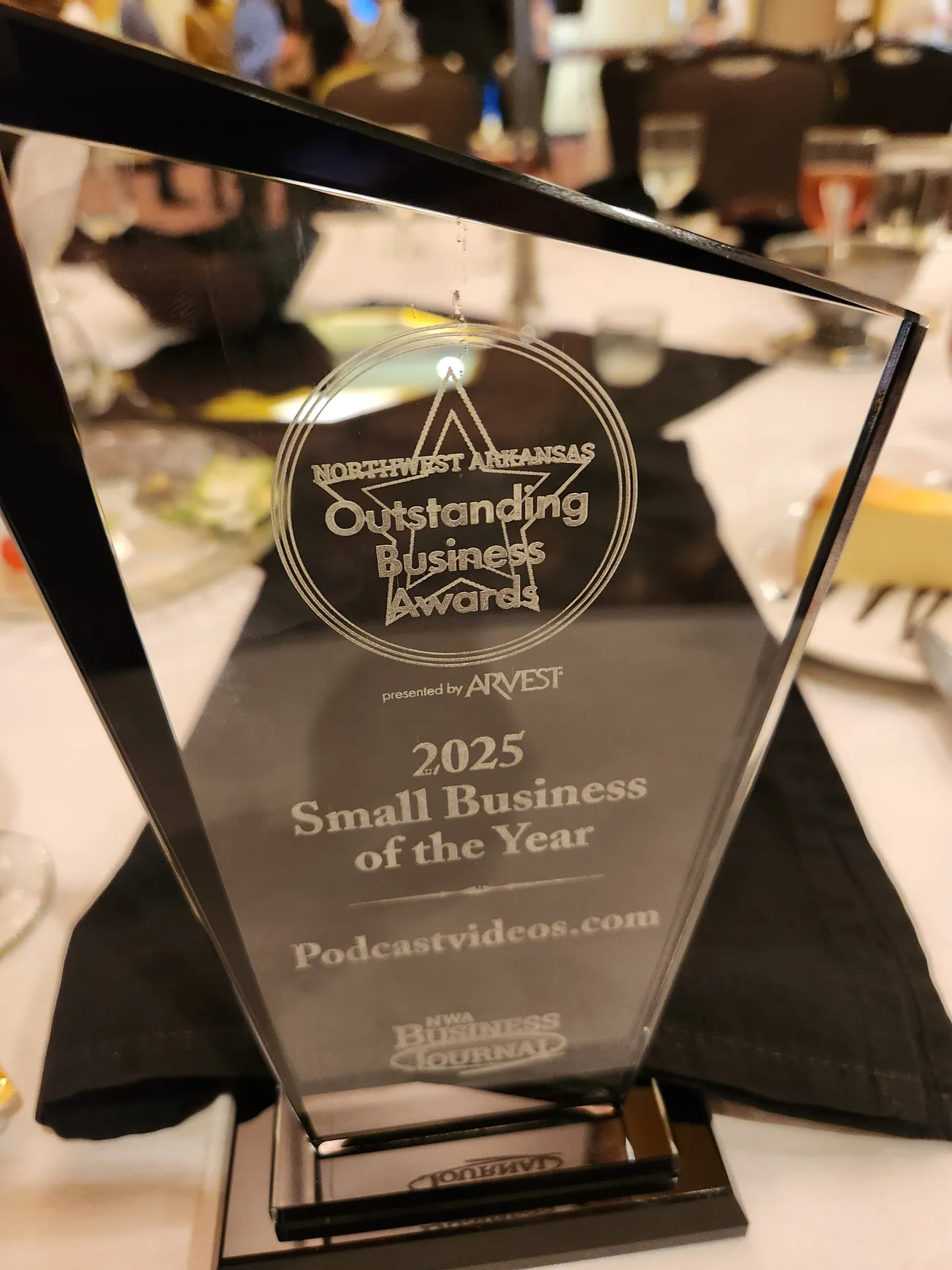One of the most significant developments in podcasting over the past few years has been the rise of video podcasts.
While audio-only formats dominated the early days of podcasting, video content is quickly becoming a standard expectation. In 2024, 79% of weekly podcast listeners in the U.S. have consumed a video podcast, a figure that is only projected to grow as the format becomes more accessible across platforms like YouTube, Spotify, and Apple Podcasts.
In fact, 75% of people believe that video will soon be the default recording format for podcasts, and nearly half (46%) of listeners now prefer video over audio-only formats.
Platforms like YouTube have emerged as the top destination for video podcasts, with 33% of monthly podcast consumers choosing it as their preferred platform, surpassing both Spotify and Apple Podcasts.
The rise of video podcasts is particularly appealing to younger audiences, with 43% of Millennials and 42% of Generation Z preferring video content. These younger demographics are key to sustaining podcasting’s growth as they increasingly consume content that is engaging and visually dynamic.
Additionally, video podcasts allow creators to interact more intimately with their audiences through visual elements such as facial expressions and gestures, creating a deeper connection.
A key factor driving the success of podcasts—whether in audio or video form—is their accessibility for on-the-go consumption.
Podcasts are uniquely positioned to be consumed passively while listeners multitask. Over 77% of listeners tune into podcasts while doing housework, 74% while cooking, and 62% during workouts. This flexibility has made podcasts a preferred medium for time-strapped individuals who want to learn, be entertained, or stay informed without having to sit down and dedicate their full attention to a screen.
The convenience of multitasking-friendly content, combined with the rise of smartphones and smart devices, has led to a significant expansion in podcast listeners globally. In the U.S., approximately 129.9 million people listen to podcasts monthly, and this number is growing year over year, with millions of new listeners expected to join in 2024.
As podcast consumption grows, so does the diversity of content available.
One of the primary appeals of podcasts is the wide range of topics that cater to both broad and niche audiences. In fact, the demand for niche podcasts has exploded, with content that dives into ultra-specific topics such as hobbies, professional skills, and unique lifestyles finding substantial success.
This is particularly true for educational content, which has become a primary reason many people tune into podcasts. Research shows that 55% of podcast consumers listen to learn new things, and the growing number of educational podcasts reflects this demand.
In addition to content variety, the rise of subscription models on platforms like Patreon has allowed podcasters to monetize niche content more effectively. Creators can offer exclusive bonus episodes or content behind a paywall, allowing fans to directly support their favorite shows. This has proven especially lucrative for highly targeted podcasts that foster a loyal and engaged audience.
Podcasting is no longer just an American or Western phenomenon. The global expansion of podcasting is evident, with countries like Brazil, Mexico, and China seeing significant growth in listener numbers.
Brazil now boasts over 51.8 million monthly podcast listeners, while China follows closely with 117.1 million. This international audience presents new opportunities for podcasters to tap into emerging markets, especially as access to smartphones and the internet becomes more widespread across developing regions.
In addition to expanding geographically, podcasting is also breaking into new demographics.
Women, who were previously underrepresented in the podcasting space, now make up nearly half of U.S. podcast listeners, with female listeners consuming more episodes per week on average than their male counterparts. This shift has been driven in part by the increasing representation of women as podcast hosts, which resonates with female listeners who seek relatable content and voices.
Many industry experts believe video podcasts will eventually become the default format for most shows.
This shift is already being observed with platforms like Spotify hosting over 250,000 video podcasts as of 2024, more than double its library from the previous year. The success of video podcasts can also be attributed to the integration of social media platforms like TikTok and YouTube, where short clips and highlights from video podcasts are shared, driving discovery and engagement.
The increasing use of video also opens up new avenues for live podcasting, where hosts can interact directly with their audiences in real-time through platforms like YouTube Live, Facebook Live, and Twitch.
These live broadcasts add an interactive dimension to podcasting, allowing for Q&A sessions, live interviews, and even virtual events. The popularity of live podcasts has grown significantly, with many podcasters opting for live formats to boost audience engagement and create new revenue streams through ticketed events or sponsorships.
The rapid growth of podcast audiences, especially in video formats, has led to increased interest from advertisers.
Podcast ad revenues are expected to grow by 43% in 2024, driven by dynamic ad insertion and programmatic buying, which allow for more personalized and effective advertising strategies. This trend is particularly beneficial for video podcasts, as advertisers see higher engagement rates when viewers can see both the content and the ads.
As video podcasts continue to rise, podcasters have more opportunities than ever to monetize their shows through a combination of ad revenue, live events, and subscription-based models. The shift to video is not only changing how podcasts are consumed but also how they are produced, marketed, and monetized, positioning the industry for continued growth in the coming years.









